Perivale prior to 1900
Perivale in the 19th century comprised 4 farms, with the church and Rectory, and in 1881 had only 34 inhabitants. It was described as a ‘rustic, deeply-secluded hamlet, with a quaint old church, an old rectory, and a few red-tiled farmhouses'. Another author wrote that Perivale is ‘just a geographical expression, nothing more; for there is no village, no hamlet, no village shop, and no public house.' Yet another stated that Perivale is a ‘curiously lonely-looking little place. It lies in the valley of the Brent, among broad meadows, the 4 farms all being hay-farms and no other houses, not even a labourers cottage near,'. The images below give some idea of its rural character. In the 16th century , it had been famous for its high quality wheat, and its population may have been larger then. However by 1843 it was principally used grow hay for the London market, following the opening of the Paddington branch of the Grand Junction Canal in 1801, the demand for horse fodder and the decline in the price of wheat.
Perivale was originally called ‘Greneford Parva', to distinguish it from ‘Greneford Magna', and it seems most likely that its name is derived from a lazy pronunciation of ‘Parva'. It was also called Cornhull in the 14th century, and only became known as Perivale in the mid 16th century. Two other possible derivations have been proposed. One is from ‘Purevale', reflecting the fertility of the soil in medieval times, and the other is from ‘Perry Vale', referring to the numerous pear trees in orchards, used to make the fermented drink ‘Perry'.
Perivale has been influenced over the centuries by the propensity of the River Brent to flood following heavy rain. This has now been partially alleviated by barriers higher up the river, but in former times the floods were sufficient to transform large parts of the parish into a lake, and to prevent people from walking to the church from Ealing, with drownings recorded, including the first recorded Rector of Perivale around 1300. This liability to flooding has enabled some of Perivale – at least round the church and golf course - to preserve its ‘green belt' beauty in modern urban London, being totally unsuitable for building purposes.
Until the 1920's there were no significant roads passing through Perivale. Then Western Avenue was constructed around 1930 and opened in November 1934, bisecting the parish and transforming it for ever. Sanderson and Son built a wallpaper factory in 1929, and Hoover opened their factory in 1932. In the following years, most of the area north of Western Avenue was covered by factories and houses, and the population of Perivale increased from under 100 to almost 10,000 in a decade
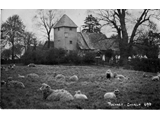 Rural Perivale c 1900
Rural Perivale c 1900
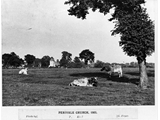 Rural Perivale c1900
Rural Perivale c1900
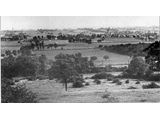 Perivale from Horsenden Hill c 1910
Perivale from Horsenden Hill c 1910
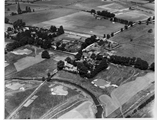 Aerial view c 1920 before Western Avenue
Aerial view c 1920 before Western Avenue
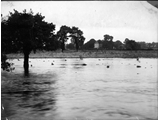 Flooding in Perivale end of 19C
Flooding in Perivale end of 19C
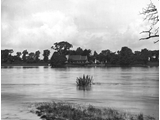 Flooding in Perivale end of 19C
multiple lightbox galleriesby VisualLightBox.com v6.1
Flooding in Perivale end of 19C
multiple lightbox galleriesby VisualLightBox.com v6.1
Previous .......................................................Point mouse to enlarge any image......................................................Next
Home
| Events Archive | Musicians | History | Pictures
| Video | Friends
| Contact Us
Search